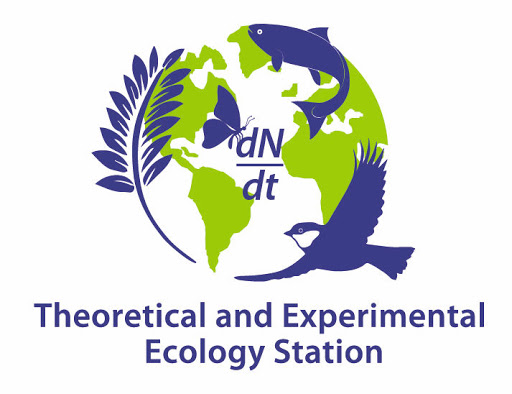Enclosed Ecosystem Platform
Parent institution: Centre National de la Recherche Scientifique
Active since 2010
Active through March to October
Fields of study
- Climatology, Climate Change
- Environmental sciences, Pollution
- Terrestrial biology, Ecology
Contact Information
Cote, Julien
email: julien.cote@univ-tlse3.fr
Guillaume, Olivier
email: olivier.guillaume@sete.cnrs.fr

